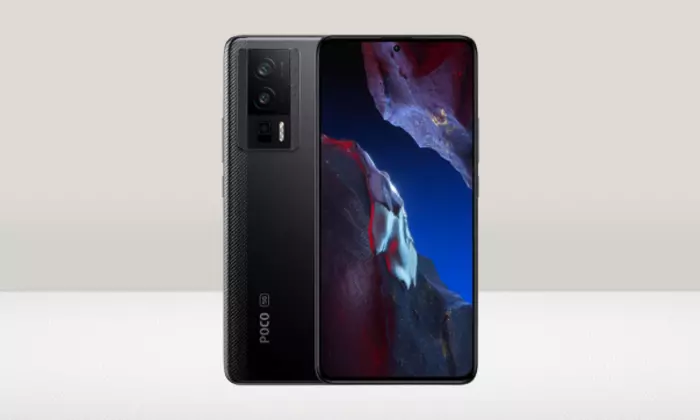In the world of custom development, Xiaomi is one of the most active players. The same applies to the Poco F5 Pro or Redmi K60. A great way to justify the OEM’s reputation in the custom development scene will be by having a look at the current situation of the custom recovery.
While other OEMs have given up hope on these recoveries, Poco is one of the few names in the market that still come with support for the same.
If you’ve got a Poco F5 Pro or Redmi K60 and you want to install TWRP Recovery, then this guide will be really helpful. In this guide, you will get to know how to install TWRP Recovery on Poco F5 Pro/Redmi K60.
How to install TWRP Recovery on Poco F5 Pro/Redmi K60

Step 1: Install Android SDK
To start off, install the Android SDK Platform Tools on your PC or computer. It’s the official ADB and Fastboot binary provided by Google. You should download it and extract it to a convenient location on your PC. Doing this will give you the necessary platform-tools folder.
Step 2: Enable USB Debugging and OEM Unlocking
Then, you will need to enable USB Debugging and OEM Unlocking on your smartphone. The former makes your smartphone recognizable by the PC in ADB mode. Meanwhile, it’ll allow you to easily boot your smartphone to Fastboot Mode.
OEM Unlocking will be needed to carry out the bootloader unlocking process. You’ll need to go to Settings -> About Phone -> Tap on Build number 7 times -> Return to Settings -> System -> Developer Options -> Enable USB Debugging and OEM Unlocking.
Step 3: Unlock the Bootloader on your Poco F5 Pro/Redmi K60
You’ll also need to unlock the bootloader on your Poco F5 Pro/Redmi K60 if you’re looking to install TWRP Recovery. Remember that doing this will wipe off the data and might even make your device’s warranty null and void.
Step 4: Download TWRP on your device
- You can grab hold of the TWRP with the support for Android 13 data encryption from below –
Recovery version – Download
Boot version – Download
- Once it is downloaded, you should rename the recovery file to twrp such that the name becomes “twrp.img”
- Now, transfer t to the platform-tools folder on the PC
Step 5: Boot your device to Fastboot mode
- Connect your smartphone to the PC using a USB cable
- Go to the platform-tools folder and type in CMD in the address bar before hitting enter to launch the Command Prompt
- Enter the following command in the CMD window for booting your device to the Fastboot Mode –
adb reboot bootloader
- Now, type the following command to verify the Fastboot Connection –
fastboot devices
- If you’re getting the Device ID followed by the Fastboot keyword, then your connection stands successful
Step 6: Flash TWRP on your device
- Go to the platform-tools folder and type in CMD in the address bar before hitting enter to launch the Command Prompt
- Execute the following command for temporarily booting your device to TWRP Recovery –
fastboot root twrp.img
- Your device will get booted to TWRP Recovery, so you should head over to Advanced and tap on “Flash Current TWRP” option
- TWRP will be permanently flashed onto your device
- Once you’ve used it, you can head over to Reboot and select system
- If this doesn’t work, you can also install TWRP to the Recovery with the below command –
fastboot flash recovery_ab twrp.img
- Once it is flashed, you need to use the following command to boot your smartphone to TWRP Recovery directly from the Fastboot Mode –
fastboot reboot recovery
- You can flash the desired file
- Once it is done, you can boot your device to the OS via Reboot -> System